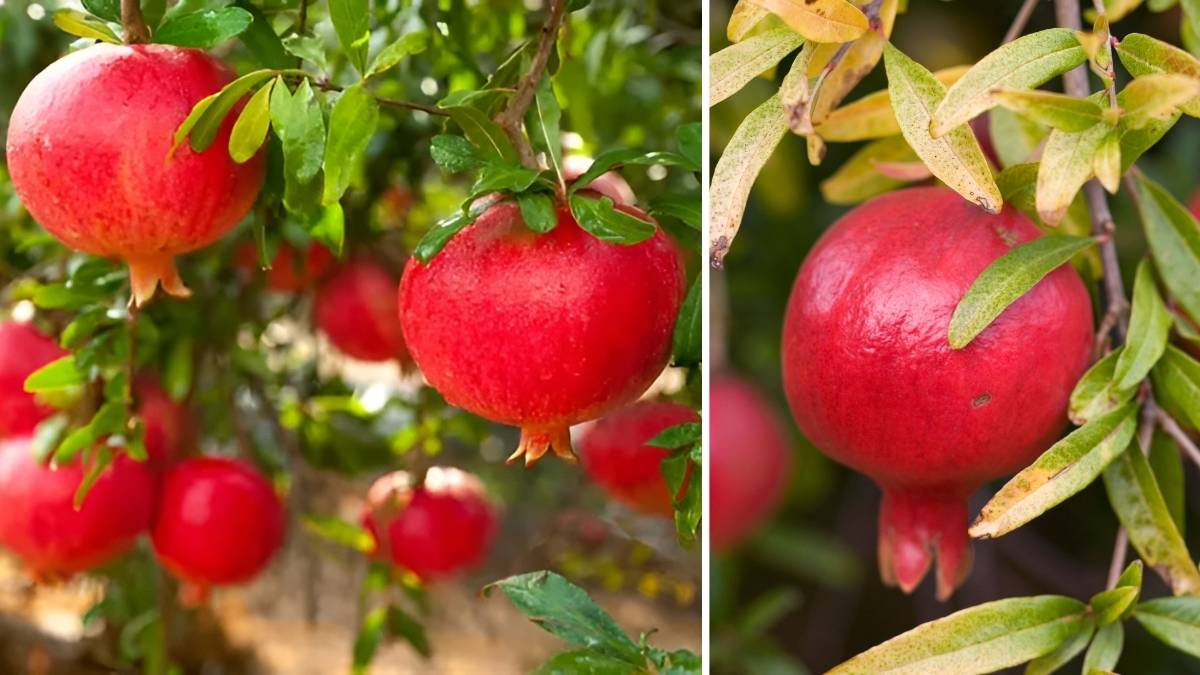Pomegranates are one of the most delightful fruits you can grow in your backyard. Known for their vibrant red seeds and tangy-sweet taste, pomegranates thrive in warm climates but can be successfully grown in many regions with the right care. If you’ve been dreaming of growing your own pomegranate tree, here are five expert tips to help you grow lush, healthy pomegranate plants right at home.
1. Choose the Right Location for Planting
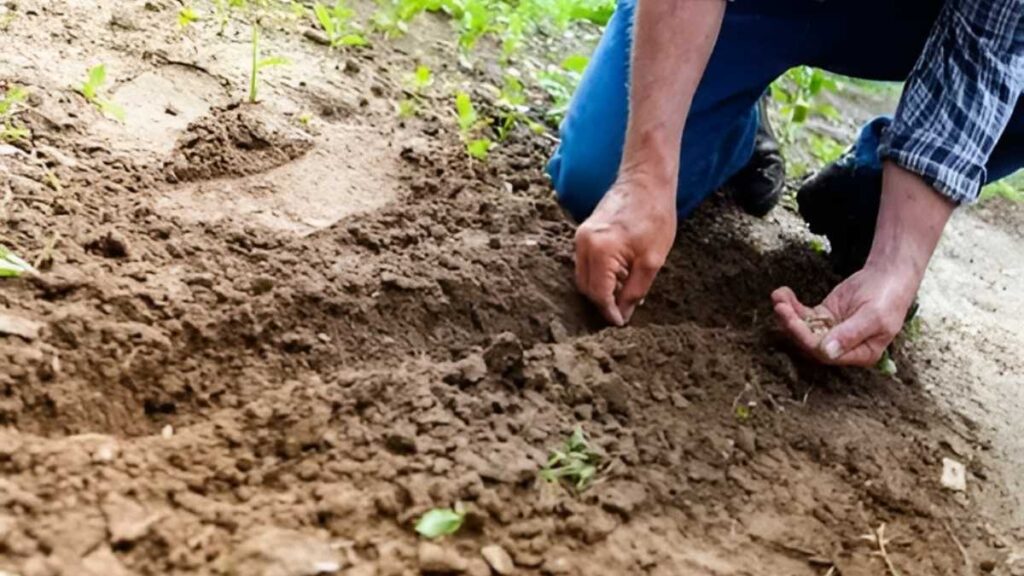
Selecting the ideal location is one of the first and most important steps in growing pomegranates. Pomegranate trees thrive in areas with full sunlight, so pick a spot in your garden that gets at least 6 hours of direct sunlight each day. These trees love the heat and do best in warm, dry climates. If you live in a cooler region, consider planting pomegranates in pots so you can move them to a warmer spot during colder months.
The soil should be well-drained and slightly acidic. Pomegranates are quite adaptable and can grow in a variety of soil types, but they do not tolerate standing water or excessive moisture. Poor drainage can lead to root rot, so ensure the planting area or pot has good drainage.
2. Watering Practices for Healthy Growth
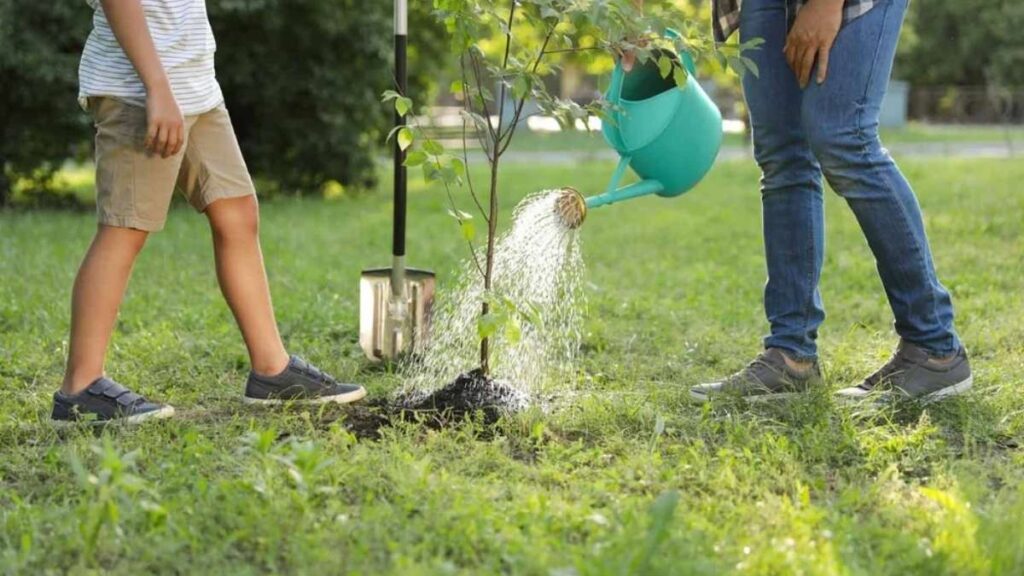
While pomegranates are drought-tolerant once established, they still require consistent watering when they’re young and during their fruiting period. The key is to avoid overwatering. Water your pomegranate plant deeply once a week, especially during the hot summer months, but let the soil dry out between waterings. Too much moisture can lead to fungal diseases and root rot.
If you’re growing your pomegranate tree in a pot, ensure it has proper drainage to prevent water from accumulating at the bottom. During the cooler months, you can reduce watering, as the tree goes into a dormancy phase and requires less moisture.
3. Prune Regularly for Better Yield
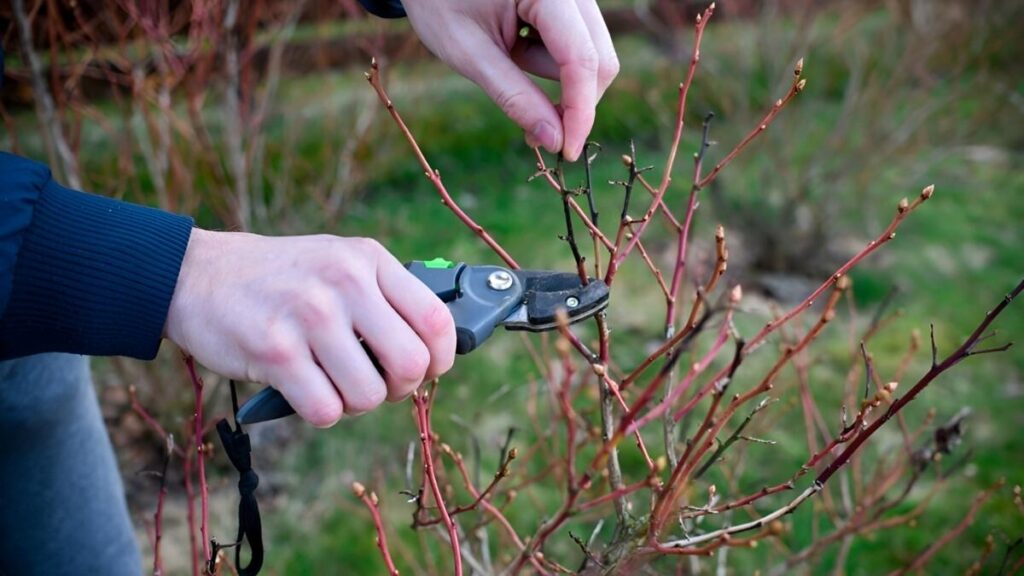
Pruning your pomegranate tree not only helps in shaping it but also encourages better fruit production. When your pomegranate plant is young, trim back any dead or damaged branches to allow healthy growth. As the tree matures, you can focus on thinning the branches to improve air circulation, which reduces the risk of disease.
Pruning also helps in maintaining the tree’s shape and size. Pomegranates naturally have a bushy growth habit, so regular trimming ensures that the tree remains manageable and doesn’t become too overcrowded. The ideal time for pruning is in late winter or early spring when the tree is still dormant but temperatures are mild.
4. Fertilize for Strong Growth and Fruit Production

Pomegranate trees do not require heavy fertilization, but they do benefit from a balanced fertilizer to promote strong growth and improve fruit quality. Apply a slow-release fertilizer in the spring when the plant is waking up from dormancy. A balanced formula (such as 10-10-10) works well for pomegranates.
During the growing season, you can supplement with organic compost or aged manure to provide additional nutrients. Be sure not to over-fertilize, as this can result in excessive leaf growth with fewer fruits. If you notice that your tree is producing lots of leaves but few fruits, it might be an indicator that it’s getting too much nitrogen.
5. Protect Your Pomegranate Tree from Pests and Diseases
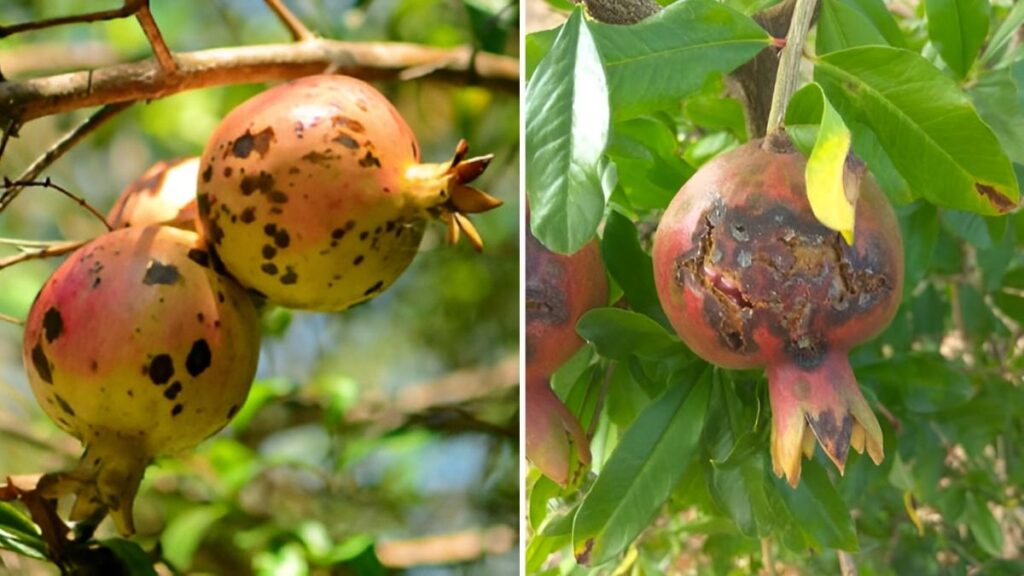
Like all fruit trees, pomegranates are susceptible to a variety of pests and diseases. The most common pests that affect pomegranate trees include aphids, whiteflies, and pomegranate butterflies. To prevent pest infestations, regularly check the undersides of leaves and the branches for signs of trouble.
If you notice any pests, use natural methods like neem oil or insecticidal soap to treat your plant. These solutions are safe and effective without harming beneficial insects. Additionally, keep the area around the tree free from fallen leaves or fruit, as this can attract pests.
Pomegranate trees are also vulnerable to fungal diseases such as mildew or root rot. Good air circulation and proper watering practices are essential to keep these problems at bay. If you’re growing your pomegranate in a humid region, consider using a fungicide spray during the growing season to prevent fungal infections.
Conclusion
With the right care and attention, growing a pomegranate tree in your backyard can be a rewarding experience. By following these five expert tips choosing the right location, practicing proper watering, pruning regularly, fertilizing appropriately, and protecting your plant from pests and diseases you can grow a healthy, thriving pomegranate plant that yields delicious fruit year after year.
Patience is key, as pomegranates can take a few years to mature, but once they start producing, you’ll be enjoying fresh, juicy pomegranates right from your own garden. Whether you’re looking to add beauty to your backyard or enjoy the fruits of your labor, pomegranates are a fantastic choice for any gardener.

